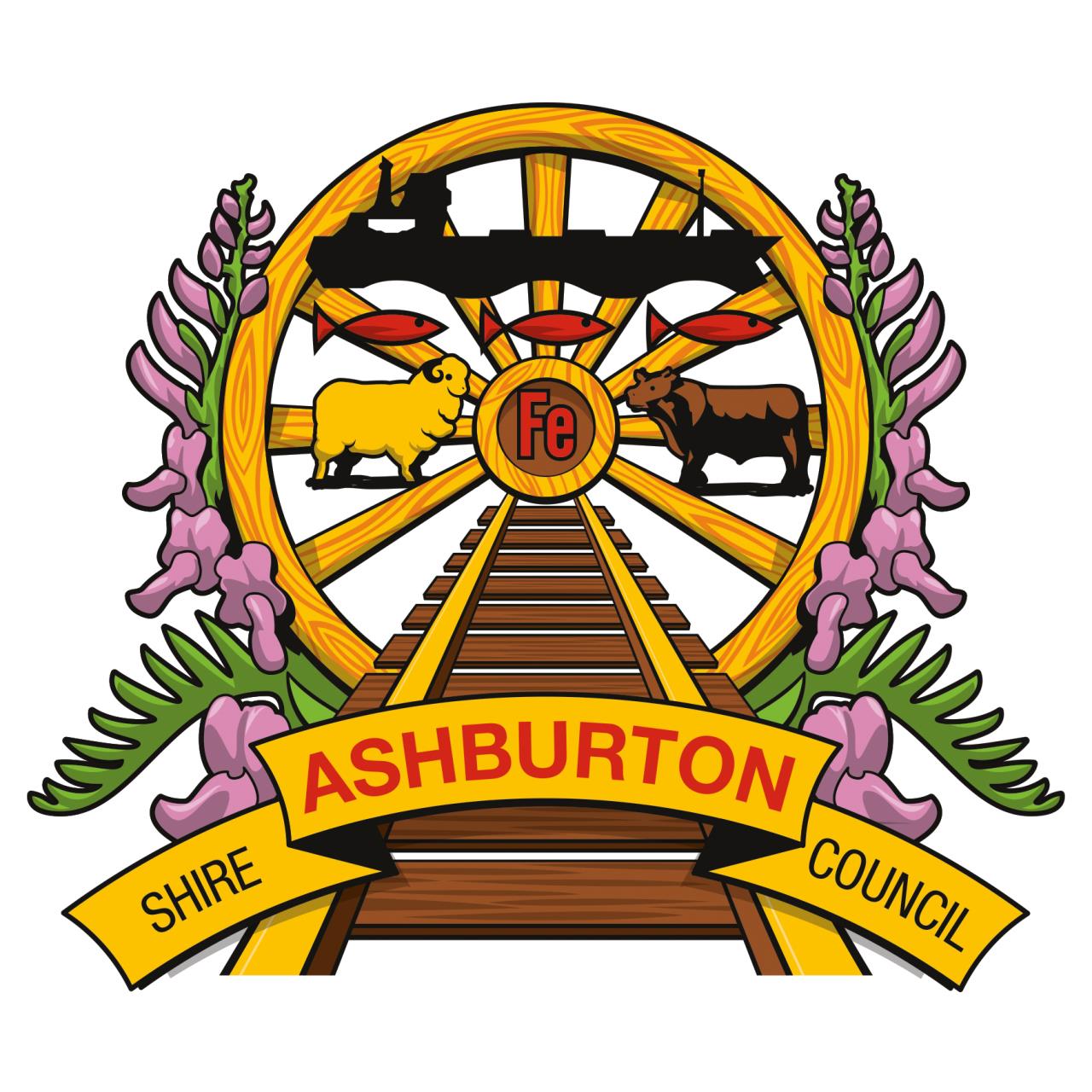About the Shire
The Shire of Ashburton serves communities across a vast region in the Pilbara, Western Australia. This region is renowned for its mining, agriculture and fishing, and for its rugged, ancient landscape and historical importance.
The history of the Pilbara dates back as far as 40,000 years. Over 700 historic Aboriginal archaeological sites have been found in the Pilbara, as well as over 10,000 rock engravings.
The main centres of population are the administrative centre of Tom Price and the towns of Onslow, Pannawonica and Paraburdoo. The Shire also encompasses the Aboriginal communities of Bindi Bindi, Wakathuni, Bellary, Youngaleena and Ngurawaana.
Opportunity to Community
At the Shire of Ashburton, we provide core Council services and work with mining and other resources companies to create liveable townships.
Our vision is to embrace our unique Pilbara environment and lifestyle, by developing vibrant, active and connected communities.
As community members ourselves, we believe that social values are worth fighting for, and that everyone deserves to share in the richness created from where we choose to invest, live and visit.
We are dedicated to driving and delivering ‘opportunity to community.’
Our Council Crest
Our original Council Crest was bordered with the Sturt Pea. When the Shire was renamed to Ashburton, the Council changed the design of the Crest by replacing the Sturt Pea with the Ashburton Pea, which is native to the Ashburton area.

Fe symbol – The elemental symbol for iron, which is mined in Tom Price, Paraburdoo and Pannawonica.
Cattle and sheep – Represent the stations and pastoral land located within the Shire.
Railway – Symbolises the expansion of the land due to the iron ore industry.
Ship – Refers to the bulk carriers that transport the iron ore to overseas markets.
Fish – Depicts the mullet, which translates to ‘Pilbara’ in local Aboriginal dialects.